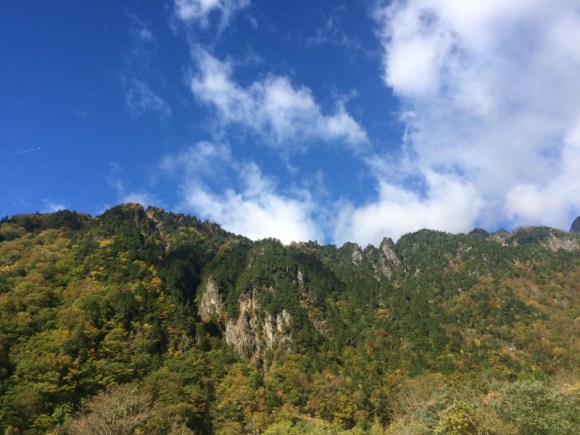I share here a series of pictures that I took randomly. These are details of Japan that I personally find interesting. I think there are some hints in them about this culture that can’t be explained in words.

Ear cleaning and massage advertisement

Diagram showing how a port is protected from tsunamis

Advertisement offering trunk room space to store things that you can’t fit in your apartment. This is very normal in Tokyo where living space is very limited.

Poster by the Japanese Government to increase awareness of the “limits” of the Japanese territory. Notice the Senkaku islands in the South and the northern territories disputed with Russia.

Wilkinson cool hipster

Oden being sold in a vending machine.

A door that opens using the energy generated with the user’s footstep energy.

Street that is acting as a firebreak

Temple offering fortune in English, Korean and Chinese

Campaign to increase awareness that drinking water is a healthy. “Drinking lots of water is healthy”

Found at the entrance of Condomania. A Condom store located in Harajuku.














